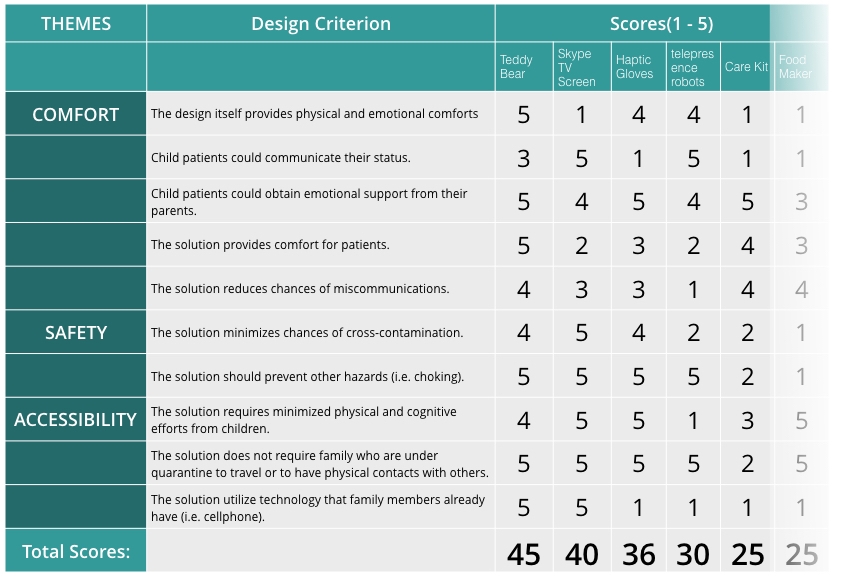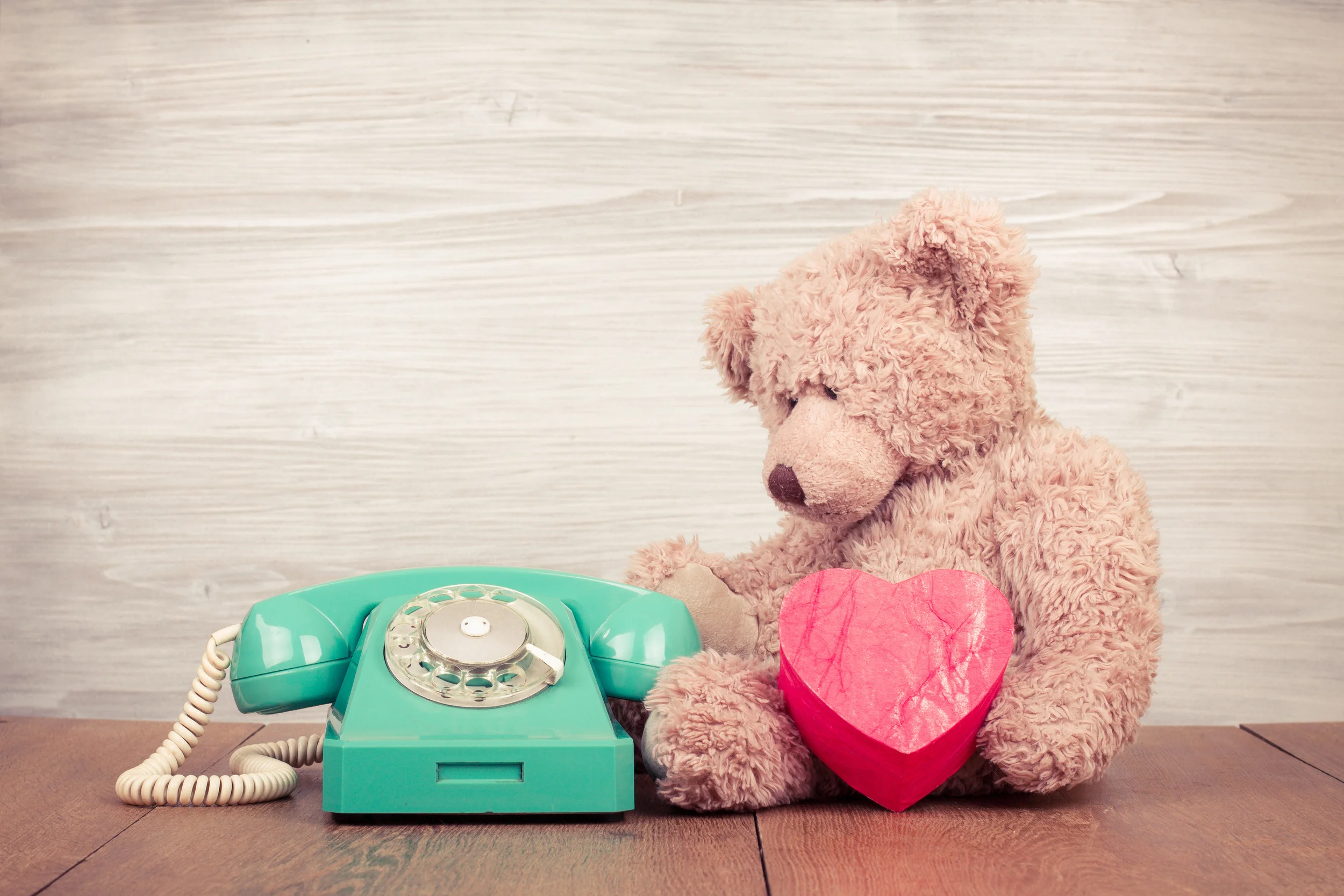How would you comfort a young patient during an ebola outbreak?
When children are sick, all they need is companionship from their loved ones. In times of an Ebola outbreak, young patients have to be isolated in emergency rooms until they have recovered. We wanted to design a medium that comforts young patients and reconnects them to family members.
We designed cute, cuddly Teddy Bears which can connect to hospital wi-fi to relay parents' voice messages to young patients in a physically comforting medium.
ResearcH
SECONDARY RESEARCH
We conducted secondary research on the background of Ebola.
Ebola has a high mortality rate (61%)
Ebola is transmitted through body fluids
Ebola is extremely infectious
Ebola patient's family will be quarantined for 21 days.
Expert Interviews
We interviewed emergency room physician Dr. Phil Green. He provided us key information on how hospitals and health organizations handle pandemic situations.
His insights helped us generate an experience map on the later stage.
Experience Map
We combed through all the information to generate an experience map.
It helped our team gain empathy, align on how we understood the problem, and ideate solutions.
PERSONA
After consulting nurses from Seattle Children's Hospital, we generated two personas: children and parents.
Design Guidelines
Comfort.
The young patient is isolated in hospital. At the same time, their parents are required to complete a 21-day quarantine in their house. How can we provide emotional comfort for the young patient?
SAFETY.
Ebola is highly infectious. Our solution should fit in hospital sanitation procedures and minimize the chances of cross-contamination.
ACCESSIBILITY.
Patients might have impaired physical and cognitive functions, and family are most likely under quarantine. The design should be accessible, with minimal mental and physical effort.
Idea Thumbnails
We brainstormed 60 potential solutions.
Concept selection
I took the lead on evaluating and selecting ideas. We first picked the TOP FIVE ideas that met the requirements of comfort, safety and accessibility.
TOP FIVE IDEAS:
- Teddy Bear: a Teddy bear that relays voice messages to young patients.
- Skype TV Screen: A TV screen that provides easy-to-access video chats.
- Haptic Gloves: Patients could feel their family's hands holding theirs.
- Telepresence Robots: Patients could "visit family" through controlling robots.
- Care Kit: A service for family to deliver a box of young patients' favorite things.
After evaluating the "impact" and "ease of implementation" of the top five ideas, "Teddy Bear" becomes the most ideal solution.


concept refinement
Modem system
At the heart of the bear is the modem system. The outer layer of TeddyBeddy could be destroyed or sanitized on a regular basis, leaving the modem system intact.
When a child patient arrives, the nurse could set up the modem system with the child’s patient ID. Parents could simply log in through their smart phones or computers to leave voice messages.
System Map
The cloud service receives voice messages from parents and forward them to the modem system.
Trigger button
The button that triggers voice messages should be intuitive and prevent accidental triggering. I studied how children hug Teddy Bears when resting on the bed. After considering a range of options, I chose "squeezing nose" as the best interaction to play voice messages.
Parents INTERFACE
Parents enter the patient ID to connect to their children. Parents could leave a message to their children and check whether their child has listened to their voice messages.
Implementation
Although we designed for an Ebola outbreak, TeddyBeddy is ideal for any situations when young patients are isolated in hospitals. Based on hospitals' ecosystem, below are two implementation directions:
OPTIONAL SERVICES CHARGE:
Hospital emergency room could implement TeddyBeddy as an optional service charge. Since we could reuse the modem system inside the bear, parents only need to pay for the stuffed toy and cloud service fee.
ASSIST CHILD LIFE SPECIALISTS:
Many hospitals have Child Life Specialists. Their roles include explaining a child's diagnosis and provide emotional support. TeddyBeddy could be great assistive tools for Child Life Specialists.
Reflection
Persona:
Our two fictional personas mainly served as an empathy tool, since we do not have accesses to users. We could add more quantitative data when generating our personas.
Prototyping and Testing:
Since this is an ideation class, we did not have the chance to prototype and evaluate the concept. If we could work with hospitals, I would like to test:
- Setup process: Is it easy for nurses to set up TeddyBeddy? What are the high-risk zones that might lead to cross-contamination?
- Interaction model: How do young patients interact with TeddyBeddy? Do young patients get a sense of comfort from TeddyBeddy? Are there any side-effects (i.e. young patients might get too attached to TeddyBeddy)? Do parents comfortable with leaving a voice message to a Teddy Bear?






















